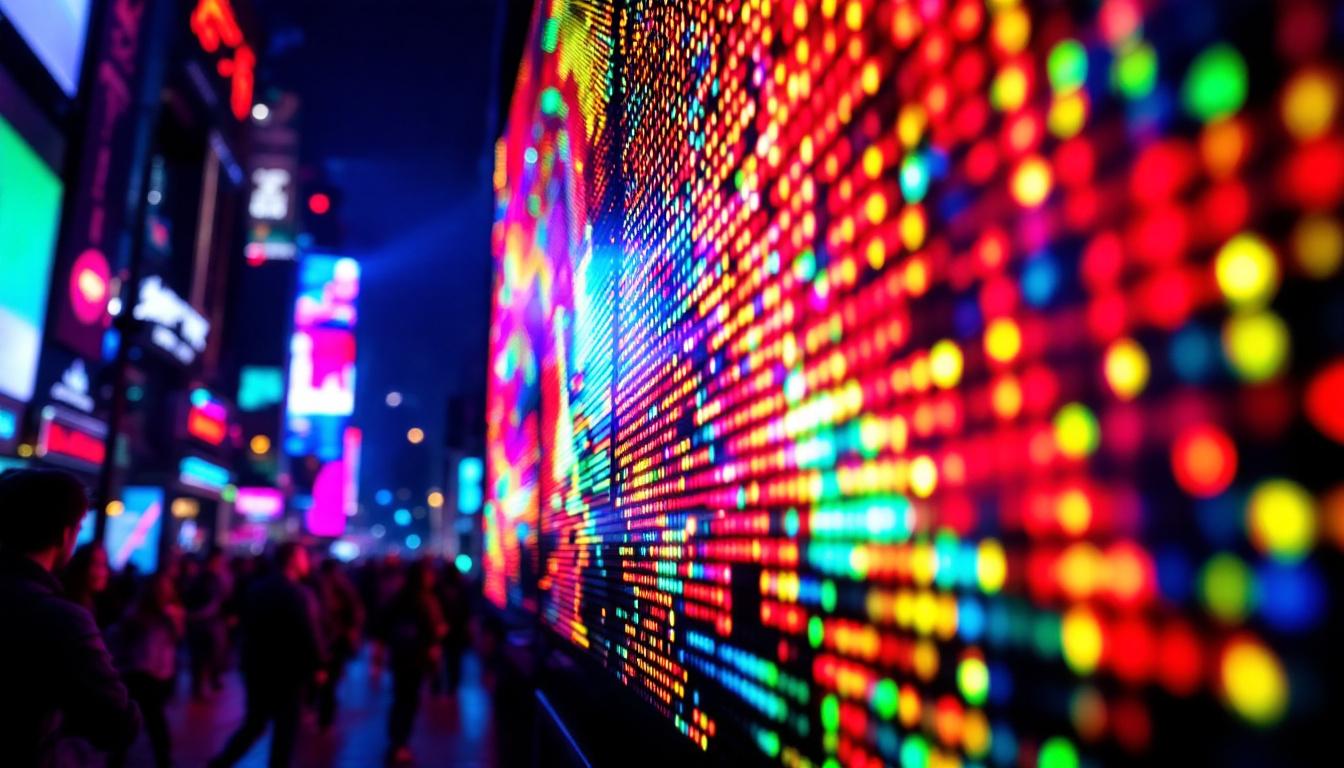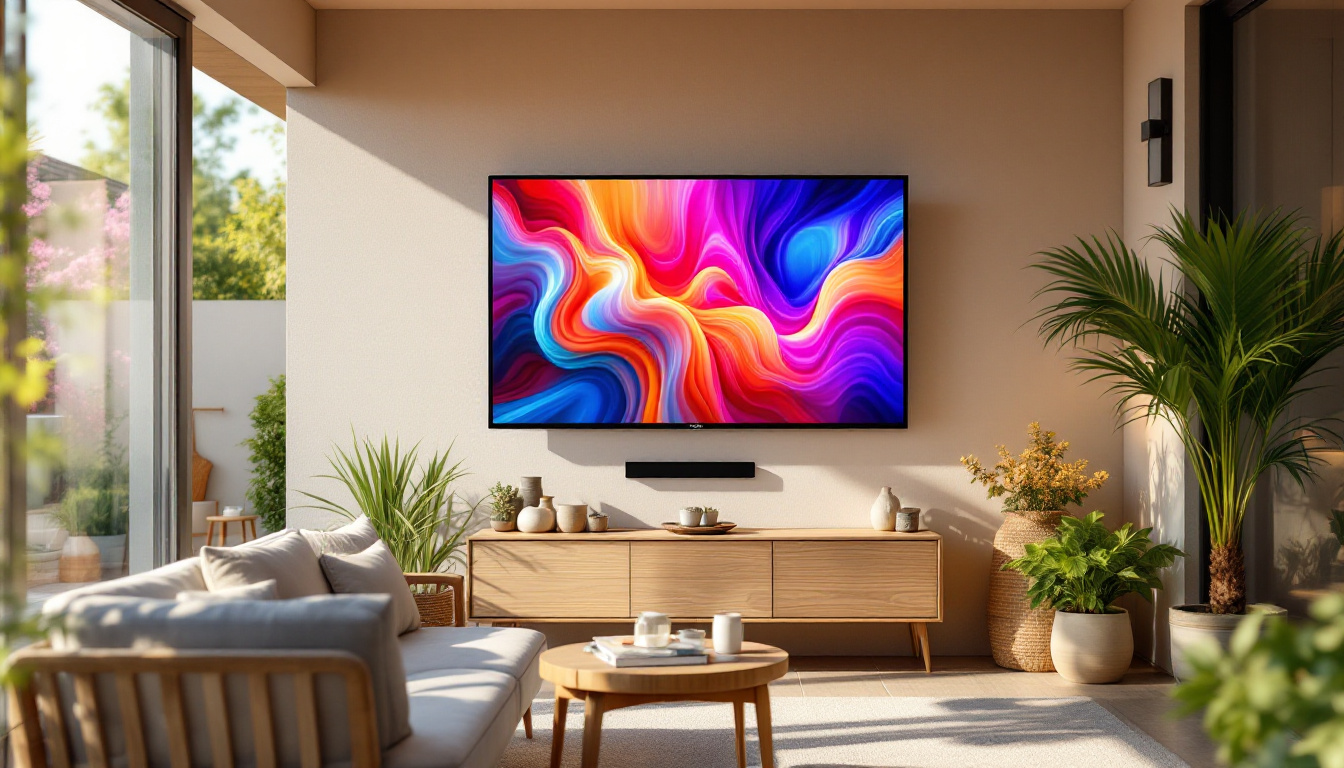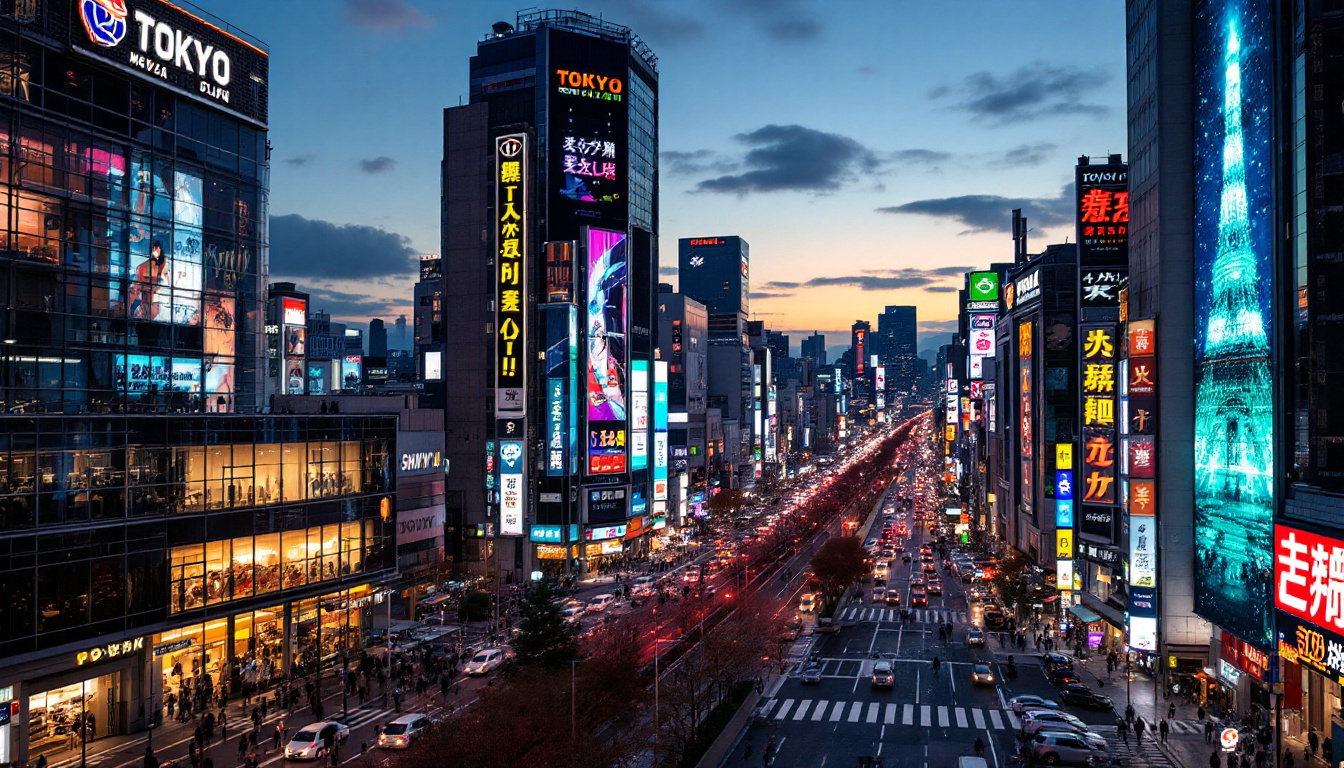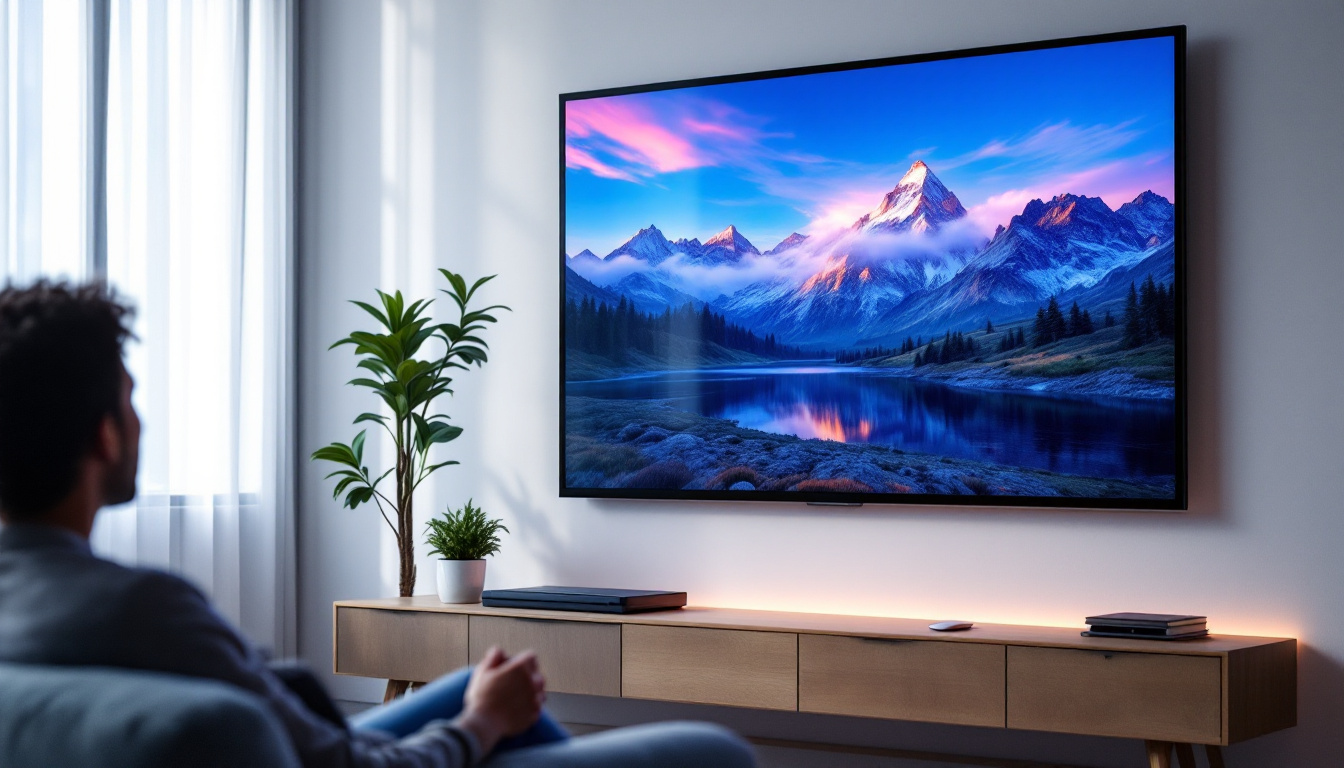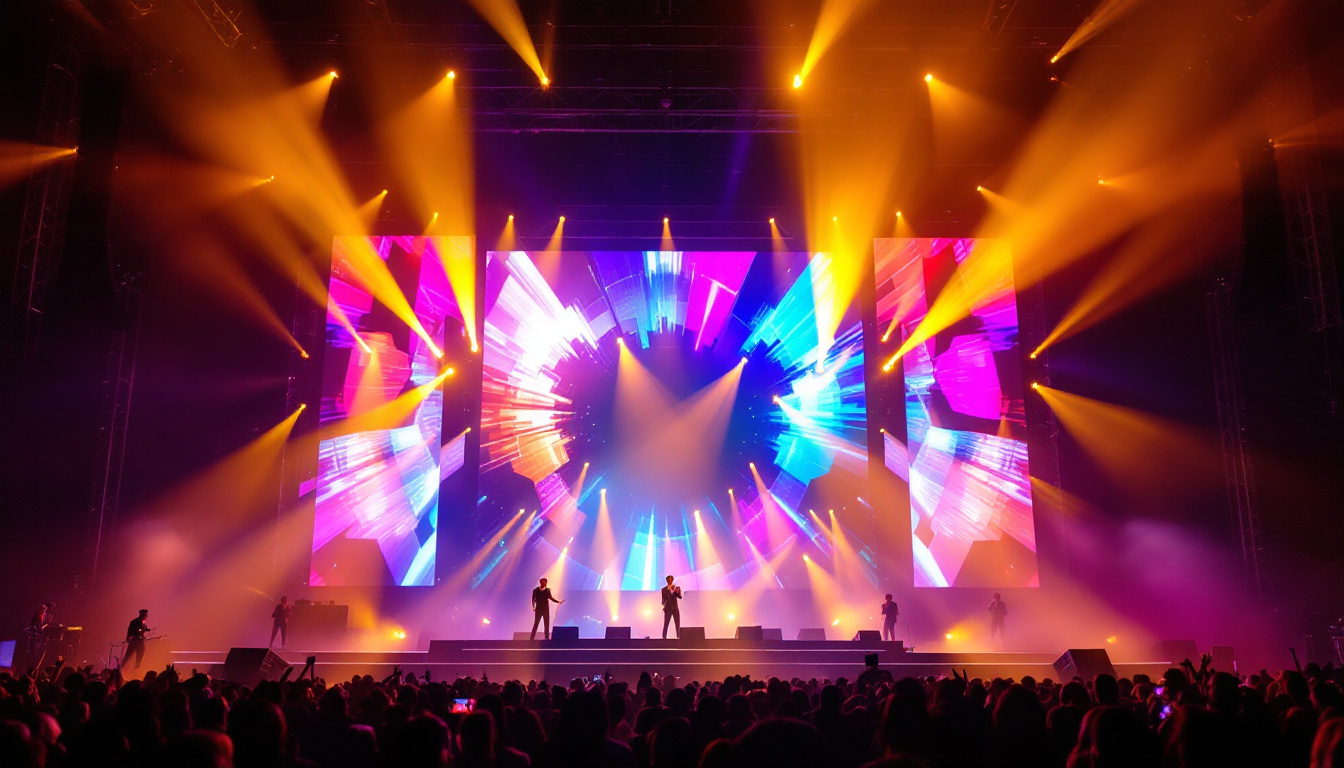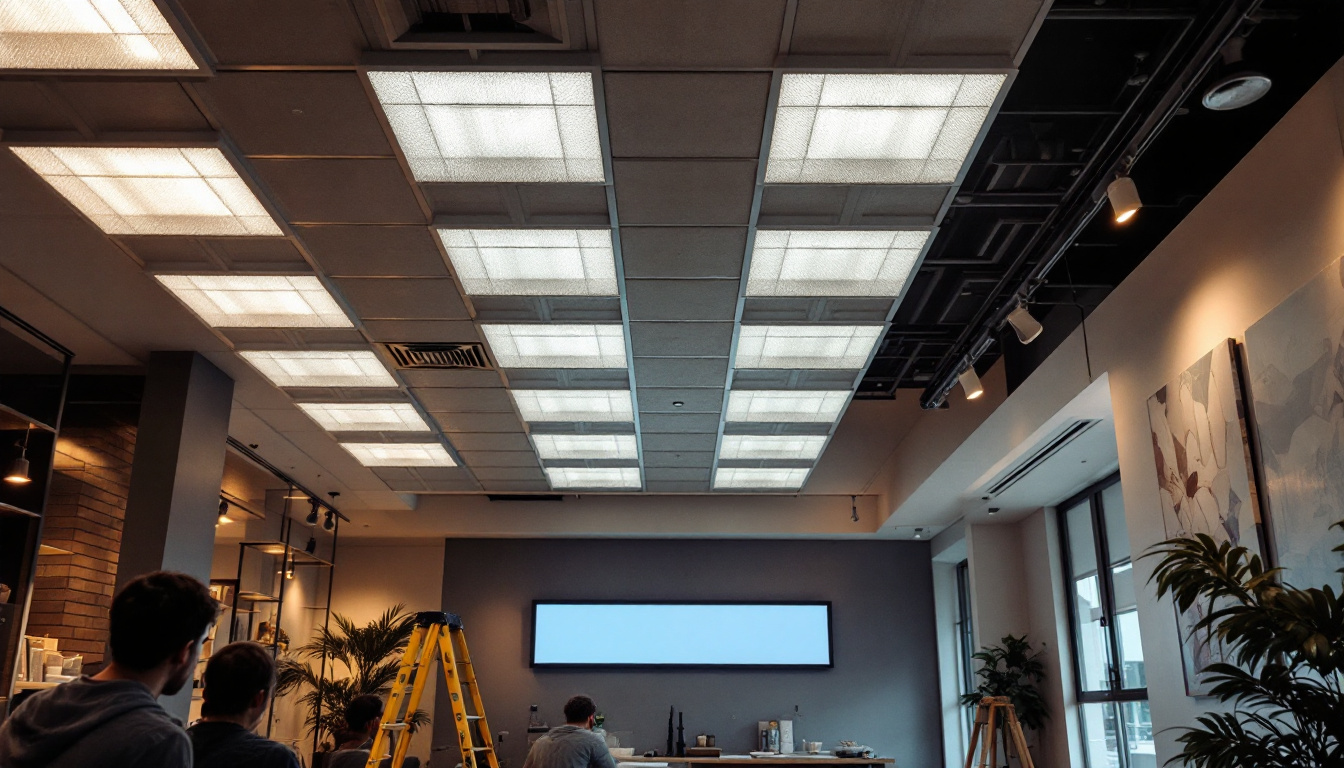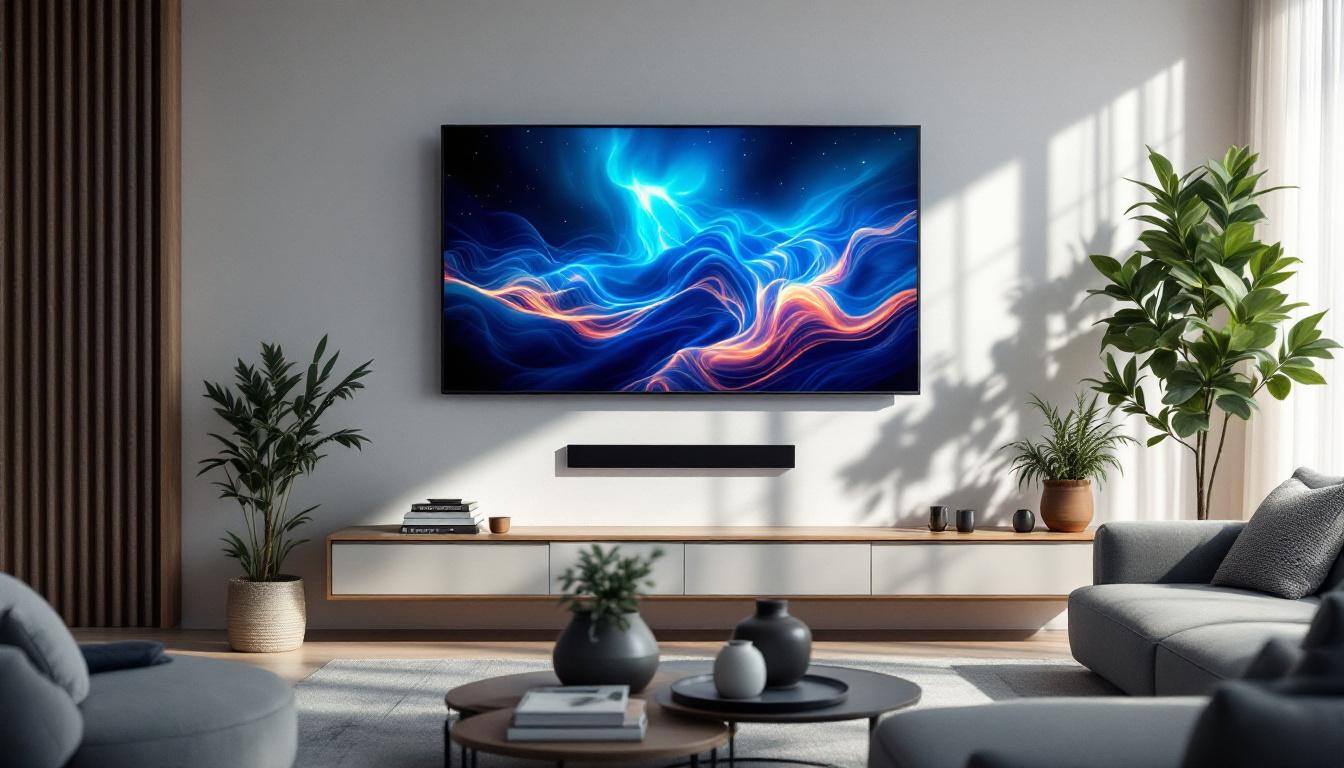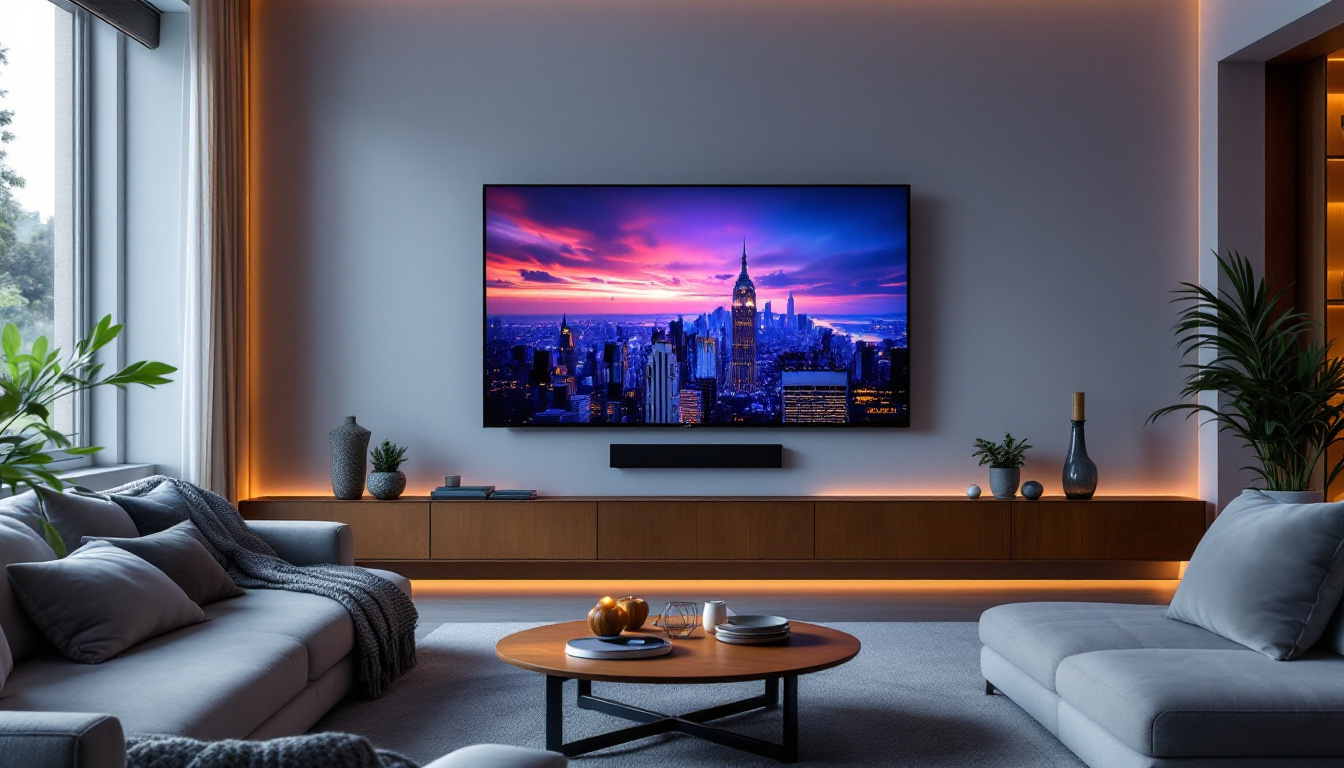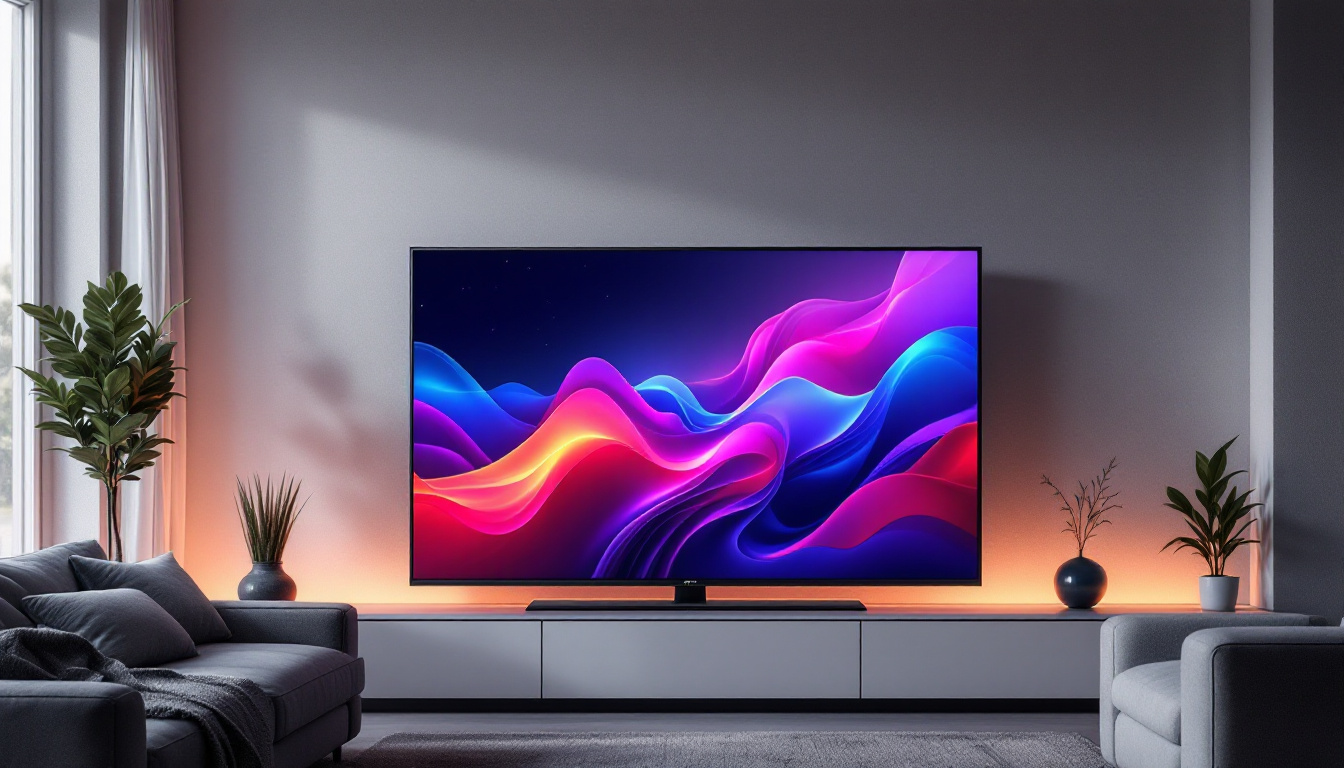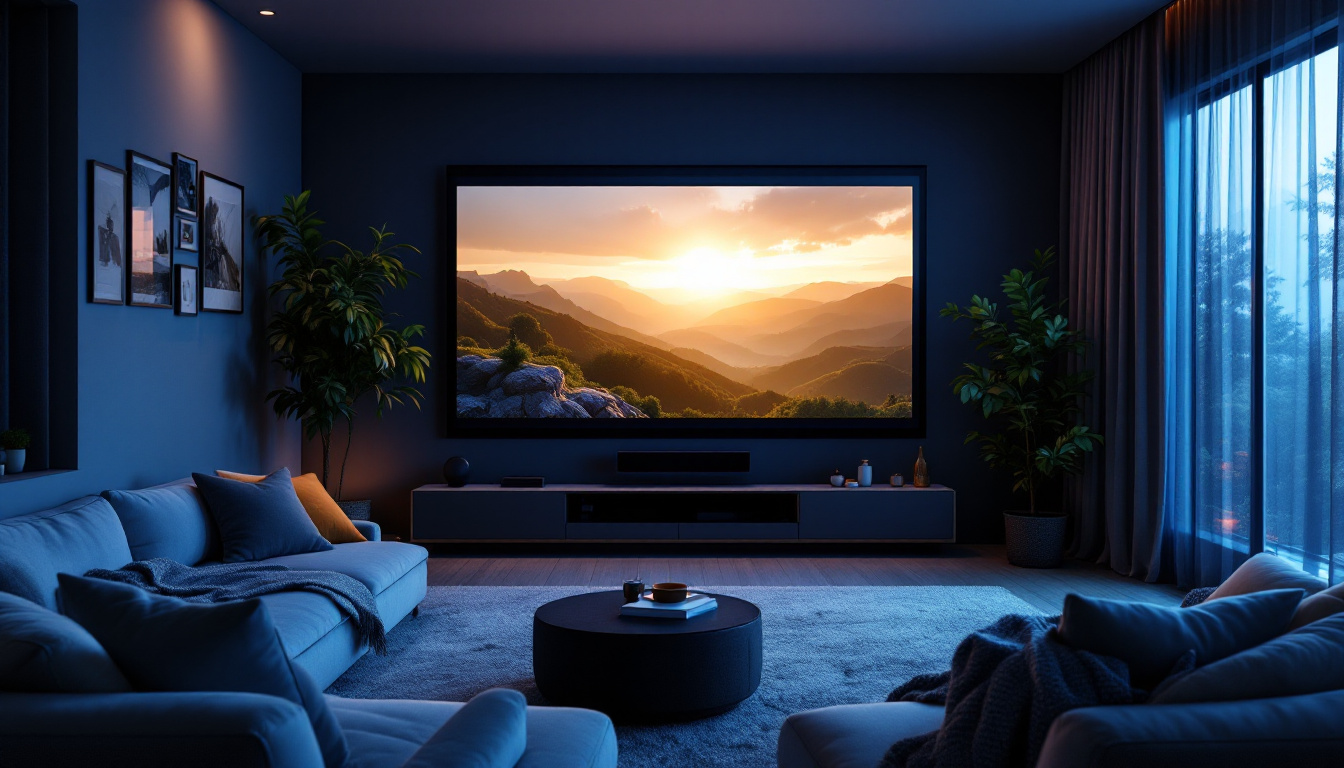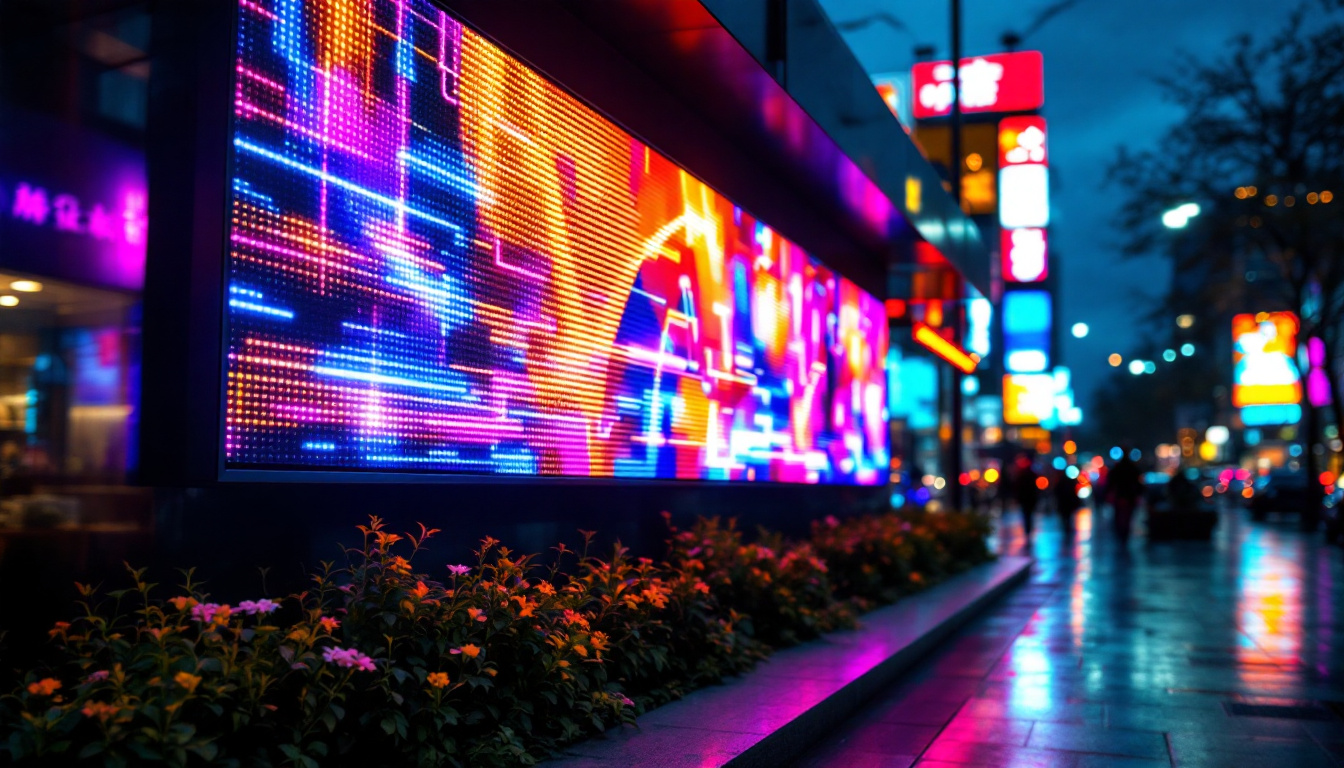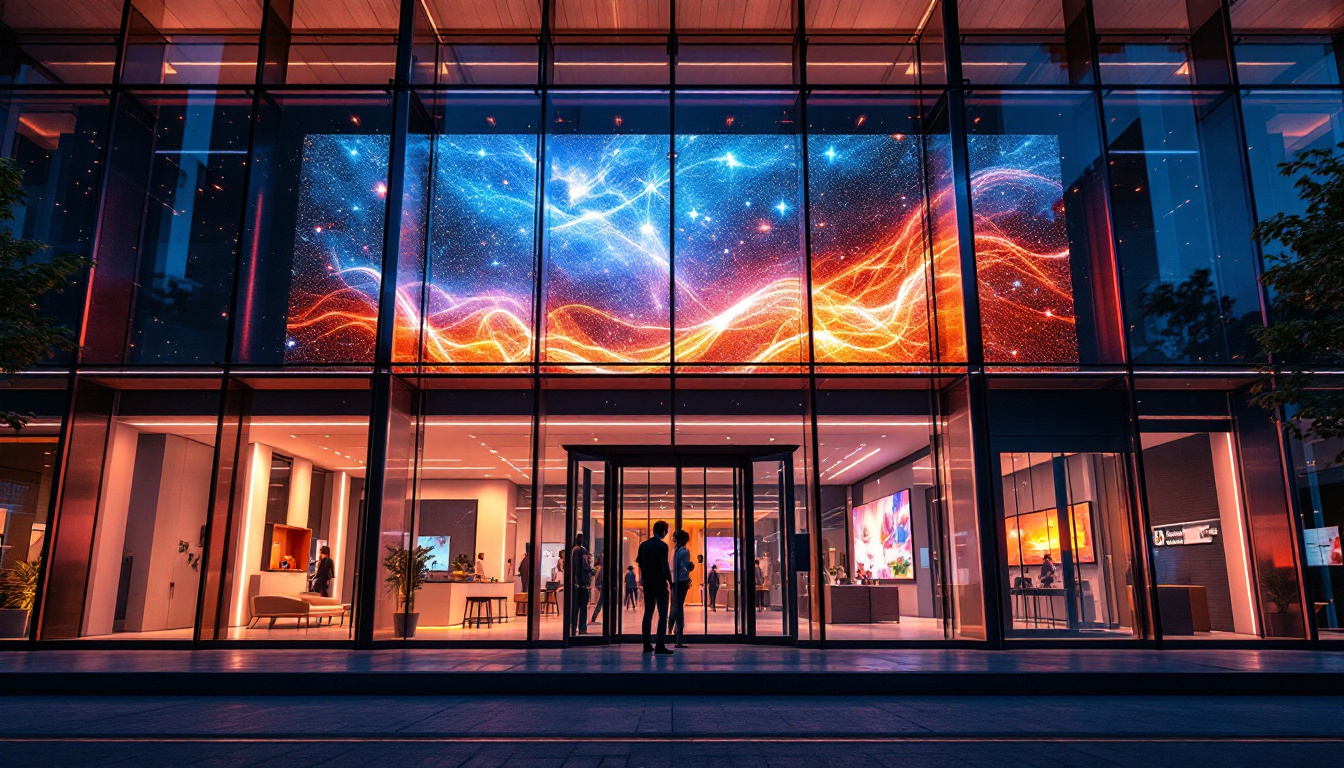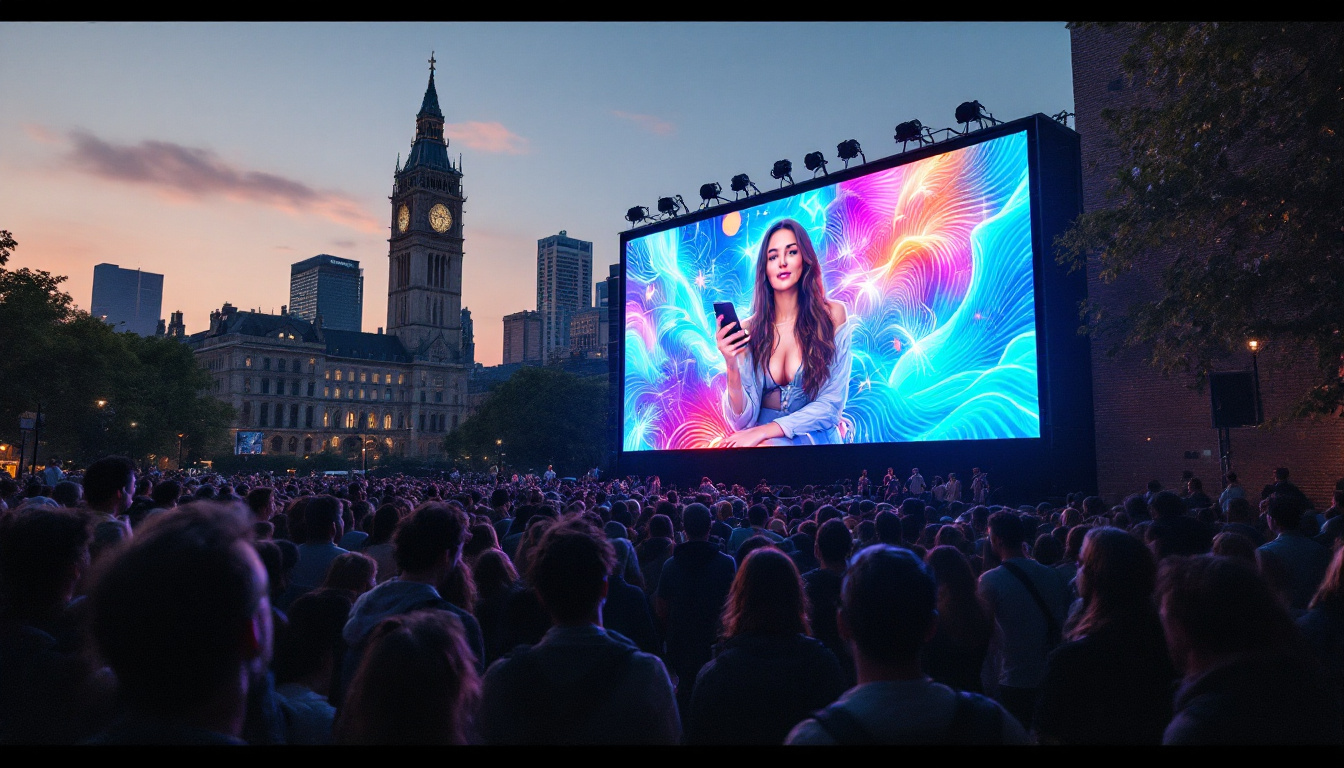In today’s digital era, LED displays have become ubiquitous, transforming the way information is presented and consumed across various industries. From vibrant billboards in bustling city centers to intricate digital signage in retail stores, LED technology powers many of the visual experiences we encounter daily. This article delves into the world of SMT LED displays, exploring their technology, applications, advantages, and future trends.
Understanding SMT LED Technology
What is SMT LED?
SMT stands for Surface-Mount Technology, a method used to mount electronic components directly onto the surface of printed circuit boards (PCBs). When applied to LEDs, SMT involves placing tiny LED chips onto a board, creating compact and efficient light-emitting modules. SMT LEDs are distinguished from traditional through-hole LEDs by their smaller size, higher density, and superior performance.
The SMT process enables the creation of LED displays with high pixel density, which translates to sharper images and more vibrant colors. This technology is fundamental in manufacturing modern LED display panels used in various applications, from indoor screens to massive outdoor billboards. The advantages of SMT technology extend beyond just size; it also enhances thermal management and electrical performance, allowing for longer-lasting and more reliable LED solutions. As a result, SMT LEDs are increasingly favored in industries ranging from consumer electronics to automotive lighting.
How SMT LEDs Work in Displays
An SMT LED display consists of numerous tiny LEDs mounted on a PCB. Each LED acts as a pixel or part of a pixel, emitting light in specific colors—typically red, green, and blue (RGB). By controlling the intensity of each color, the display can produce a broad spectrum of colors, enabling the presentation of detailed images and videos.
These LEDs are arranged in a grid pattern, and the display’s resolution depends on the pixel pitch—the distance between the centers of two adjacent LEDs. A smaller pixel pitch means higher resolution and better image clarity, especially important for close-viewing environments such as retail stores or conference rooms. Furthermore, advancements in SMT technology have led to the development of flexible and transparent LED displays, which open up new possibilities for creative applications in architecture and advertising. These innovative designs can seamlessly integrate into various environments, allowing for dynamic visual experiences that were previously unimaginable.
Applications of SMT LED Displays
Advertising and Outdoor Signage
One of the most visible applications of SMT LED displays is in advertising. Outdoor LED billboards leverage the brightness and durability of SMT LEDs to deliver eye-catching visuals that remain clear even under direct sunlight. According to recent market reports, the global digital signage market is expected to reach over $30 billion by 2026, with LED displays playing a central role in this growth.
SMT LED billboards can display dynamic content, including videos, animations, and real-time updates, making them more engaging than traditional static signs. Their modular design allows for large-scale installations, sometimes covering entire building facades. This adaptability not only enhances the aesthetic appeal of urban landscapes but also allows advertisers to tailor their messages to specific audiences based on location and time of day. For instance, a billboard in a busy shopping district might showcase promotions for nearby stores during peak hours, while a display near a sports venue could highlight upcoming events or special deals related to the game.
Indoor Displays and Retail
In indoor environments, SMT LED displays are prized for their high resolution and color accuracy. Retailers use these displays to create immersive shopping experiences, showcasing product videos, promotions, and interactive content. The ability to customize content in real time helps businesses respond quickly to market trends and customer preferences.
Additionally, SMT LED technology is integral to control rooms, conference centers, and museums, where detailed and reliable visual information is critical. In museums, for example, SMT LED displays can be used to provide interactive exhibits that engage visitors by allowing them to explore artifacts in greater detail through touch screens or augmented reality experiences. This not only enhances educational value but also encourages longer visits and increased visitor satisfaction.
Sports Arenas and Entertainment Venues
Sports arenas and entertainment venues rely heavily on SMT LED displays for scoreboards, video walls, and immersive fan experiences. The technology’s fast refresh rates and high brightness ensure that content is visible from all angles and distances, enhancing spectator engagement.
For example, the use of high-resolution SMT LED screens in stadiums has revolutionized live event broadcasting, providing instant replays and interactive content that enrich the overall experience. These displays can also serve as platforms for fan engagement, offering polls, contests, and social media integration that encourage audience participation during games. Furthermore, the versatility of SMT LED technology means that it can be seamlessly integrated into various aspects of the venue, from the entrance displays that welcome fans to the concession stands showcasing menu items, creating a cohesive and vibrant atmosphere throughout the event space.
Advantages of SMT LED Displays
High Brightness and Energy Efficiency
SMT LED displays are known for their exceptional brightness, often reaching up to 6,000 nits or more, which makes them suitable for outdoor use even in direct sunlight. Despite their brightness, SMT LEDs are energy-efficient compared to other lighting technologies like LCD or plasma, reducing operational costs and environmental impact. This energy efficiency is further enhanced by advancements in LED technology, such as improved thermal management and the use of high-quality materials, which contribute to lower power consumption without sacrificing performance. As a result, businesses can enjoy significant savings on their energy bills while also reducing their carbon footprint, making SMT LED displays a responsible choice for environmentally-conscious organizations.
Durability and Longevity
LEDs inherently have a long lifespan, often exceeding 50,000 hours of operation. SMT LEDs benefit from robust manufacturing processes that enhance their durability, making them resistant to shocks, vibrations, and harsh weather conditions. This reliability is crucial for outdoor installations where maintenance can be challenging and costly. Moreover, the materials used in SMT LED displays are often designed to withstand extreme temperatures and humidity, ensuring consistent performance in various climates. This durability not only minimizes the need for frequent replacements but also contributes to a lower total cost of ownership over time, as businesses can rely on their displays to function effectively for years without significant downtime or repair costs.
Flexibility and Scalability
Because SMT LED modules are compact and modular, they offer great flexibility in design. Displays can be customized to virtually any size or shape, allowing creative freedom for architects and designers. Additionally, modular construction simplifies maintenance and upgrades, as individual panels can be replaced without dismantling the entire display. This adaptability extends beyond physical design; SMT LED displays can also be programmed to showcase a variety of content, from dynamic advertisements to live feeds and interactive media. This versatility allows businesses to tailor their messaging to different audiences and occasions, maximizing engagement and impact. Furthermore, as technology advances, these displays can be easily upgraded with new features or enhancements, ensuring that they remain at the forefront of visual communication trends without requiring a complete overhaul of the existing system.
Technical Considerations When Choosing SMT LED Displays
Pixel Pitch and Resolution
Choosing the right pixel pitch is essential for achieving the desired image quality. For close-viewing distances, such as indoor retail or corporate settings, a pixel pitch of 1.5mm to 2.5mm is common, providing crisp visuals. For large outdoor billboards viewed from afar, pixel pitches can range from 6mm to 20mm or more, balancing cost and visibility.
Brightness and Contrast Ratio
Brightness levels must be tailored to the installation environment. Outdoor displays require higher brightness to combat sunlight, while indoor displays benefit from higher contrast ratios for deeper blacks and richer colors. Modern SMT LED displays often feature advanced calibration technologies to optimize these parameters dynamically.
Refresh Rate and Color Accuracy
High refresh rates are vital for smooth video playback and reducing flicker, especially in broadcast applications. SMT LED displays typically support refresh rates of 1,920Hz or higher, ensuring flicker-free viewing even on high-speed cameras. Color accuracy is also critical, particularly for branding and advertising, where precise color reproduction maintains visual consistency.
Future Trends in SMT LED Display Technology
Mini-LED and Micro-LED Innovations
The LED display industry is evolving rapidly, with mini-LED and micro-LED technologies pushing the boundaries of resolution and brightness. Mini-LEDs, which are smaller than traditional SMT LEDs, enable even finer pixel pitches and improved contrast ratios. Micro-LEDs, still emerging, promise self-emissive displays with unparalleled brightness, energy efficiency, and lifespan.
Integration with Smart Technologies
Smart LED displays are becoming increasingly common, incorporating sensors, AI, and IoT connectivity. These features allow for adaptive brightness, personalized content delivery, and remote management, enhancing both user experience and operational efficiency.
Sustainability and Eco-Friendly Designs
As environmental concerns grow, manufacturers are focusing on sustainable materials and energy-efficient designs. Advances in LED chip manufacturing and power management are reducing the carbon footprint of LED displays, aligning with global sustainability goals.
Conclusion
SMT LED displays represent a cornerstone of modern digital signage and visual communication. Their combination of brightness, energy efficiency, durability, and flexibility makes them ideal for a wide range of applications—from advertising and retail to sports and entertainment. Understanding the technical aspects and future trends of SMT LED technology empowers businesses and designers to make informed decisions, ensuring impactful and sustainable visual solutions.
As the technology continues to advance, SMT LED displays will undoubtedly play an even greater role in shaping the visual landscape of the future.
Explore Cutting-Edge LED Display Solutions with LumenMatrix
Ready to elevate your visual communication with the latest in LED technology? Discover LumenMatrix’s innovative range of LED display modules, designed to bring your brand to life and captivate your audience. From the immersive Indoor LED Wall Display to the dynamic Outdoor LED Wall Display, and from the versatile Vehicle LED Display to the sleek LED Poster Display, LumenMatrix offers tailored solutions that meet your specific needs. Experience the revolution in digital signage with our LED Sports Display, Floor LED Display, Custom LED Display, All-in-One LED Display, and LED Transparent Display. Check out LumenMatrix LED Display Solutions today and transform your space into a vibrant hub of engagement and message clarity.

